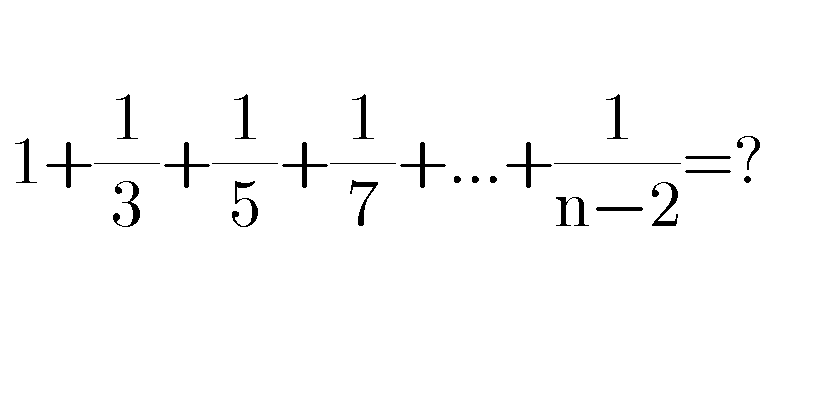
AllQuestion and Answers: Page 1302
Question Number 84152 Answers: 0 Comments: 1

Question Number 84136 Answers: 1 Comments: 0
Question Number 84135 Answers: 2 Comments: 0
Question Number 84134 Answers: 1 Comments: 0
Question Number 84130 Answers: 0 Comments: 2
Question Number 84126 Answers: 1 Comments: 0
$$\int\frac{\mathrm{5}−{x}}{\mathrm{1}+\sqrt{\left({x}−\mathrm{4}\right)}}\boldsymbol{{dx}} \\ $$
Question Number 84125 Answers: 0 Comments: 0
Question Number 84123 Answers: 0 Comments: 1
Question Number 84121 Answers: 0 Comments: 4
Question Number 84109 Answers: 1 Comments: 2

Question Number 84106 Answers: 0 Comments: 1
Question Number 84101 Answers: 2 Comments: 0
Question Number 84100 Answers: 2 Comments: 0
Question Number 84087 Answers: 0 Comments: 1
$$\int_{\mathrm{0}} ^{\mathrm{3}} \sqrt{\mathrm{1}+{sinh}^{\mathrm{2}} {t}}\:{dt} \\ $$
Question Number 84085 Answers: 1 Comments: 0
$${solve} \\ $$$$\frac{{d}}{{dr}}\left({r}\frac{{d}\theta}{{dr}}\right)=\mathrm{0} \\ $$
Question Number 84083 Answers: 1 Comments: 3
Question Number 84117 Answers: 2 Comments: 0

Question Number 84068 Answers: 0 Comments: 4

Question Number 84067 Answers: 3 Comments: 0
Question Number 84065 Answers: 1 Comments: 2
Question Number 84063 Answers: 0 Comments: 0
Question Number 84059 Answers: 1 Comments: 2
Question Number 84213 Answers: 0 Comments: 0
Question Number 84212 Answers: 1 Comments: 1
Question Number 84055 Answers: 1 Comments: 1
Question Number 84051 Answers: 1 Comments: 0
Pg 1297 Pg 1298 Pg 1299 Pg 1300 Pg 1301 Pg 1302 Pg 1303 Pg 1304 Pg 1305 Pg 1306
